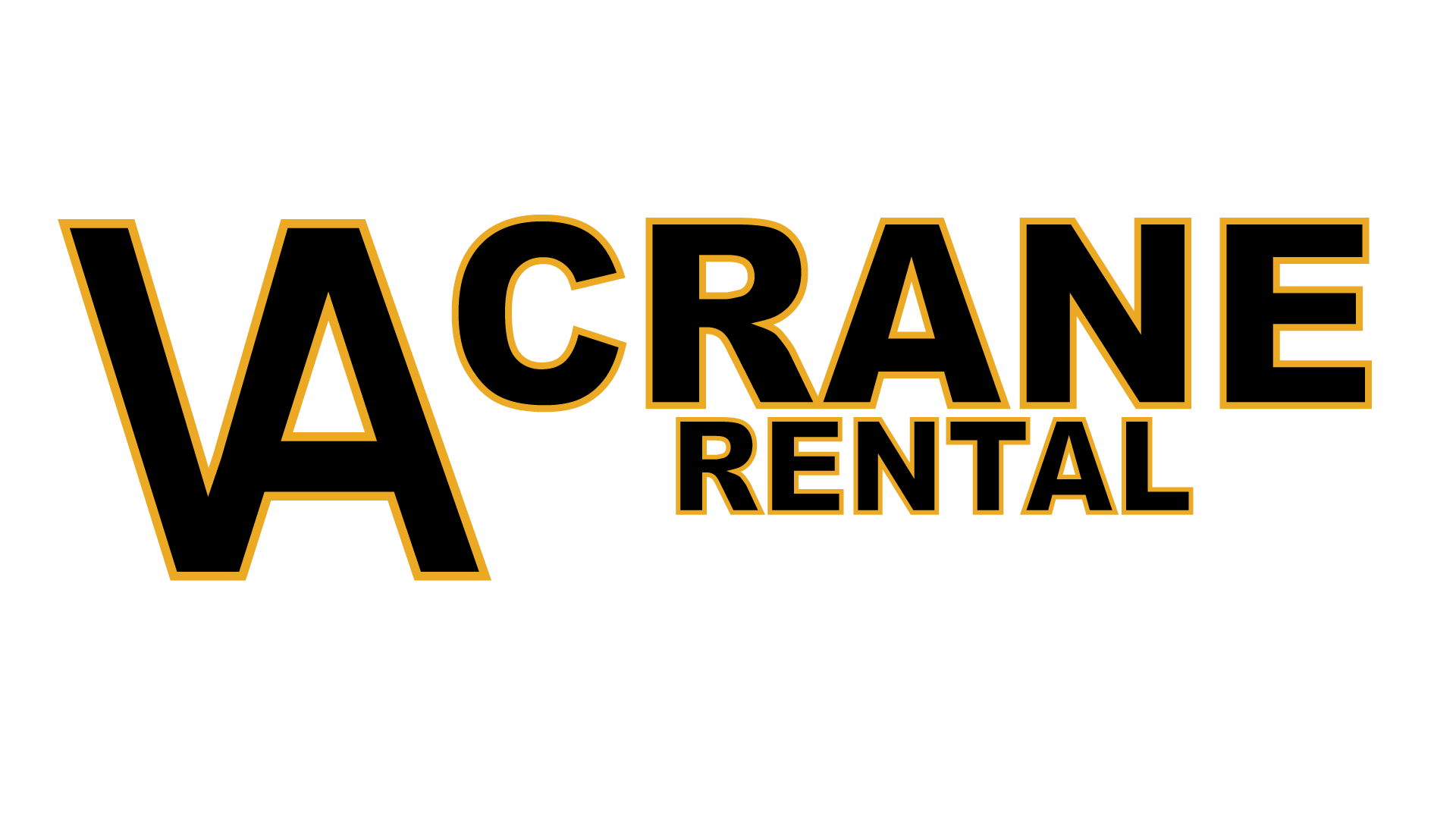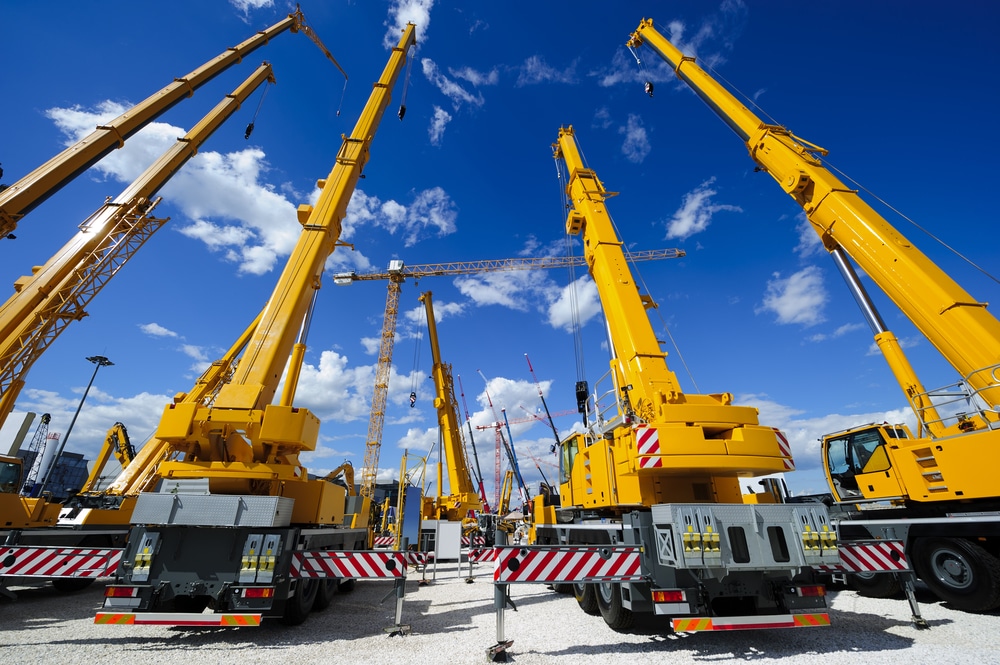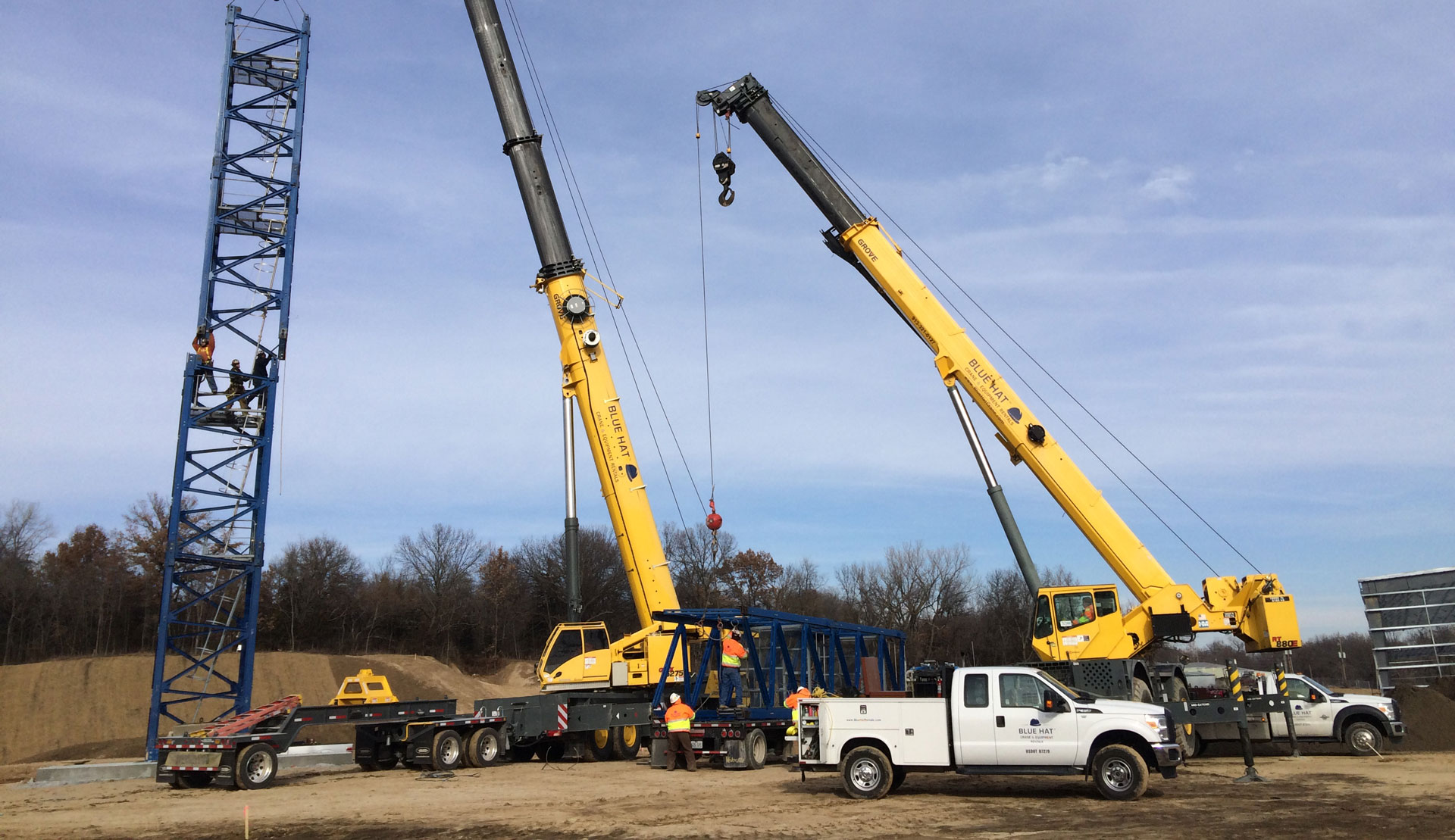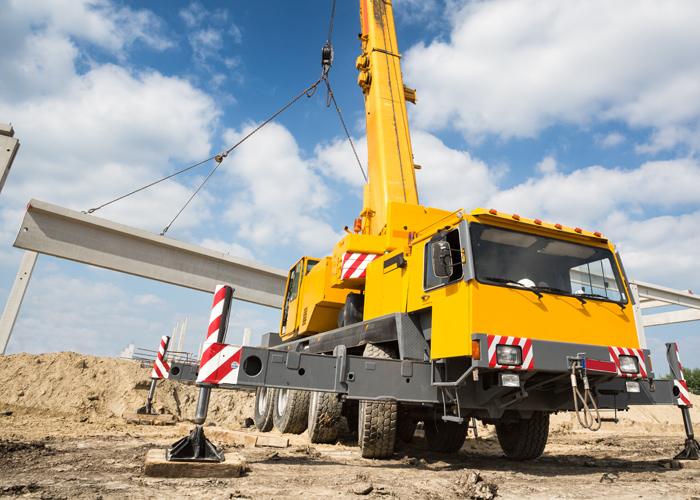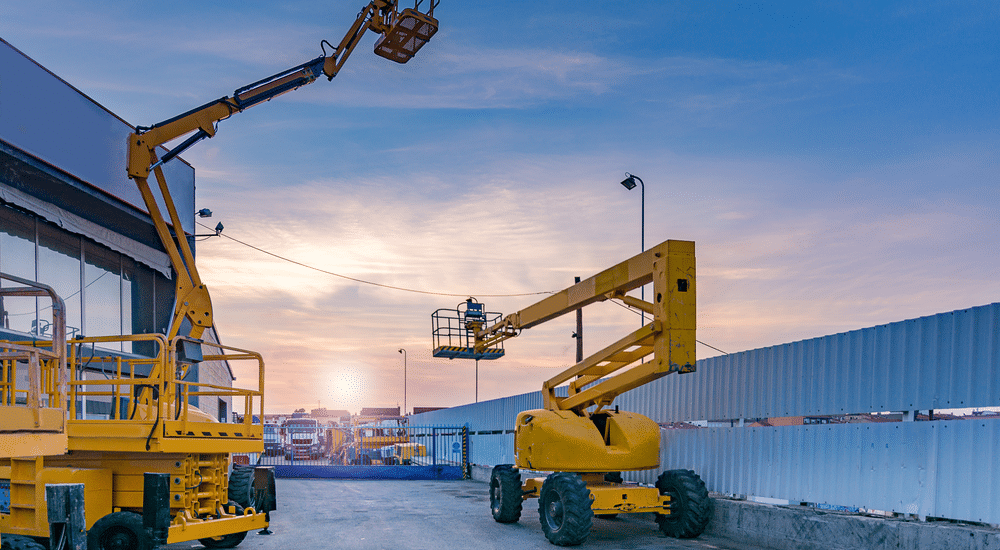Innovation is the lifeblood of progress, and nowhere is this more evident than in the realm of crane rigging. As construction projects become increasingly complex and demanding, crane riggers are embracing innovation to navigate challenges and elevate safety, efficiency, and precision to new heights. In this blog post, we delve into the innovative solutions and strategies employed by crane riggers to overcome obstacles and drive forward progress in heavy lifting operations.
- Advanced Rigging Technologies: In the digital age, technology is revolutionizing every aspect of the construction industry, and crane rigging is no exception. Crane riggers are leveraging advanced technologies such as digital load monitoring systems, RFID tagging, and 3D modeling software to enhance precision and efficiency in rigging operations. These cutting-edge tools provide real-time data on load dynamics, monitor rigging integrity, and simulate lift scenarios, empowering riggers to make informed decisions and optimize performance.
- Remote Monitoring and Control: Remote monitoring and control systems are transforming the way crane rigging operations are conducted, enabling greater flexibility and efficiency. With the advent of IoT (Internet of Things) technology, riggers can remotely monitor load conditions, equipment status, and environmental factors in real time from anywhere in the world. This remote visibility allows for proactive decision-making, rapid response to changing conditions, and optimization of lift parameters, ultimately enhancing safety and productivity on the job site.
- Lightweight and High-Strength Materials: Advancements in material science have led to the development of lightweight yet incredibly strong materials that are revolutionizing crane rigging applications. Synthetic fibers such as Dyneema and Kevlar offer exceptional strength-to-weight ratios, reducing the overall weight of rigging components while maintaining robustness and durability. Additionally, high-strength steel alloys and composite materials are enabling the design of rigging equipment that can withstand heavier loads and more demanding conditions without compromising safety or performance.
- Modular Rigging Solutions: Modularity is a key principle driving innovation in crane rigging design, allowing for greater versatility and adaptability in rigging configurations. Modular rigging systems feature interchangeable components that can be easily reconfigured to accommodate different load sizes, shapes, and weights. This flexibility minimizes downtime between lifts, streamlines rigging setup and dismantling processes, and enhances overall operational efficiency on the job site.
- Training and Skills Development: Innovation in crane rigging extends beyond technology and materials to encompass training and skills development initiatives aimed at equipping riggers with the knowledge and expertise needed to excel in their roles. Training programs focus on teaching riggers the latest techniques, best practices, and safety protocols for rigging operations, empowering them to navigate challenges with confidence and competence. Additionally, certification programs ensure that riggers meet industry standards and adhere to regulatory requirements, further enhancing professionalism and reliability in the field.
Conclusion: Crane riggers are at the forefront of innovation in the construction industry, continually pushing the boundaries of what is possible through the adoption of advanced technologies, materials, and techniques. By embracing innovation, riggers are not only overcoming challenges but also driving forward progress, safety, and efficiency in heavy lifting operations. As the demands of construction projects evolve, crane riggers stand ready to innovate, adapt, and lead the way towards a brighter and more productive future.

